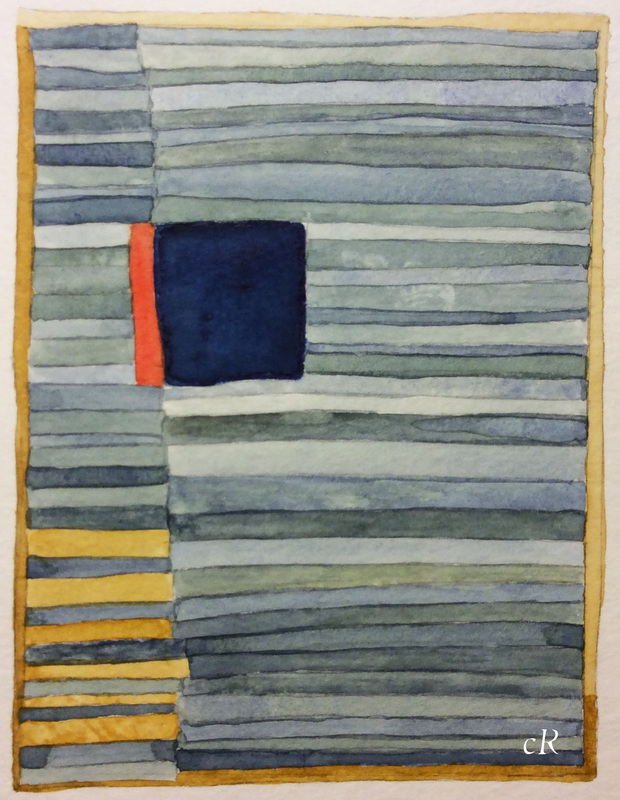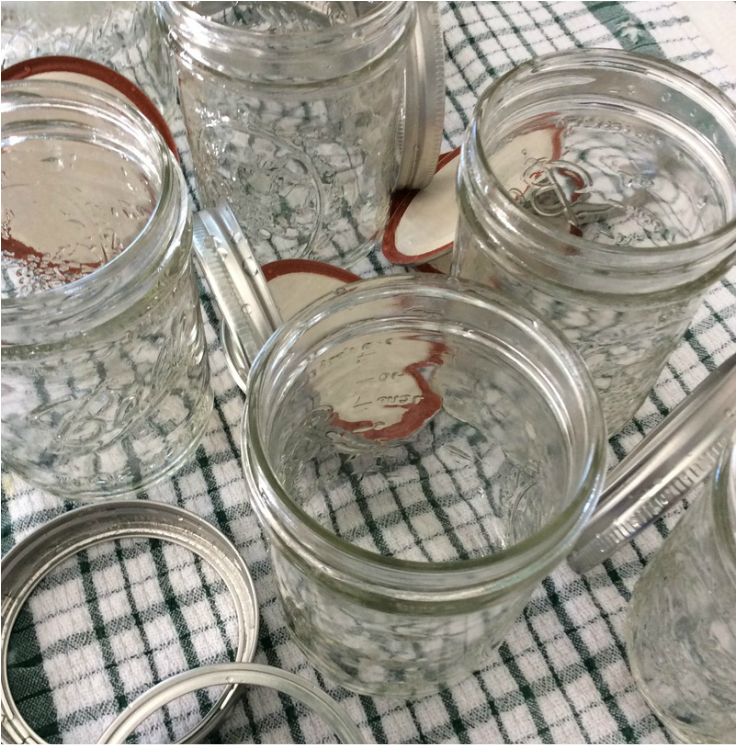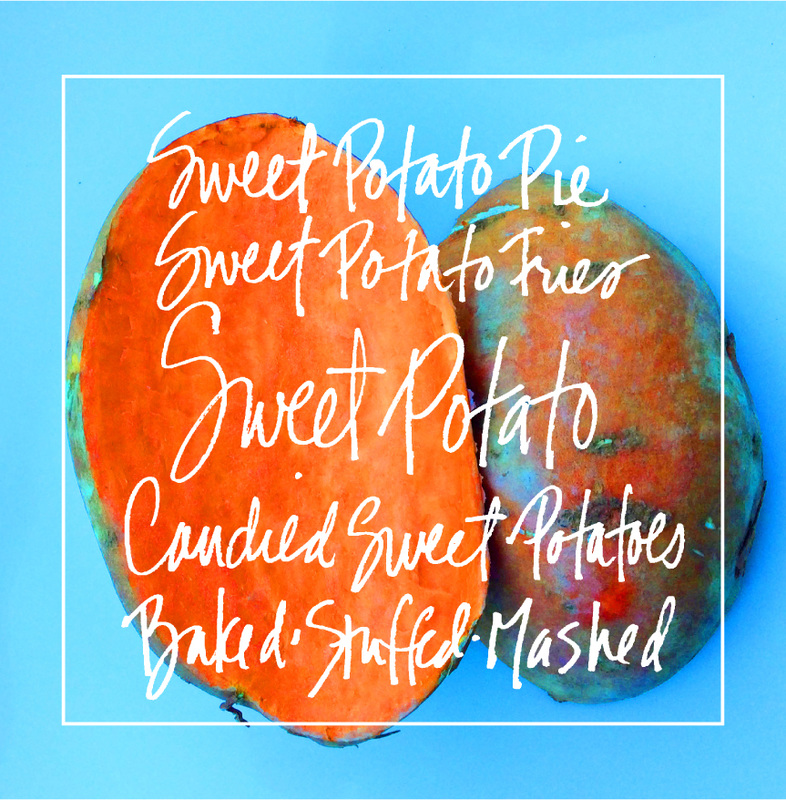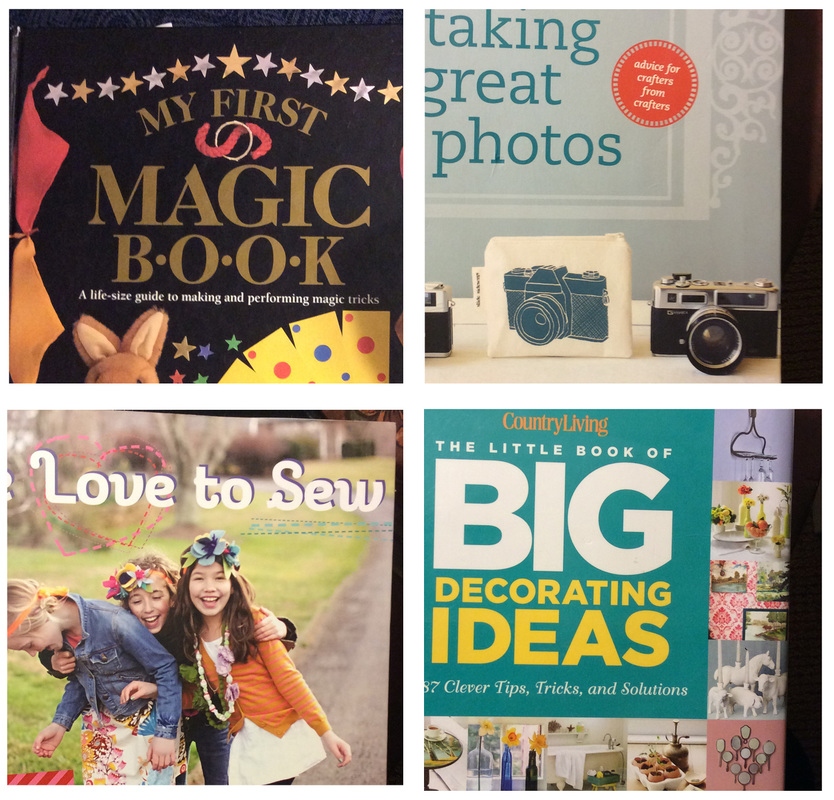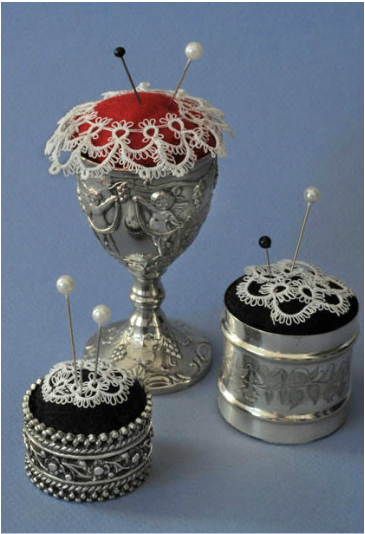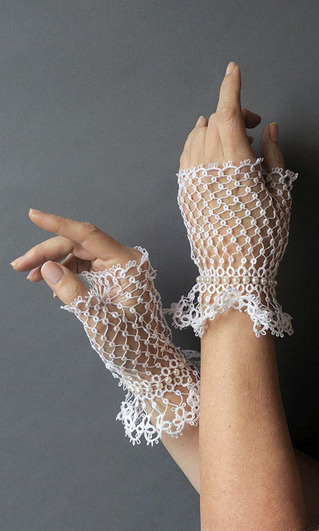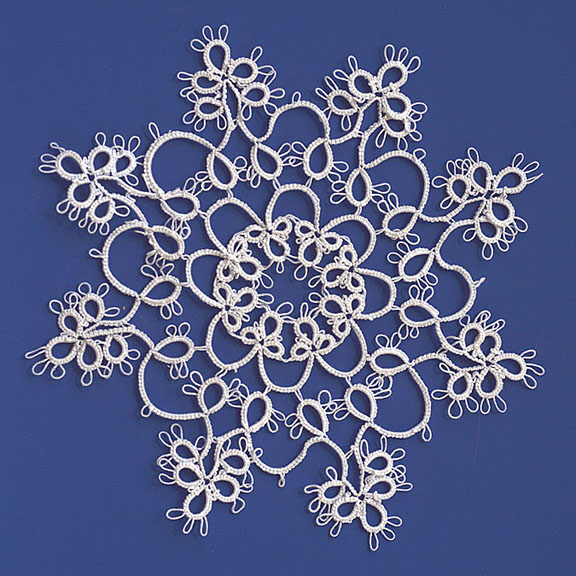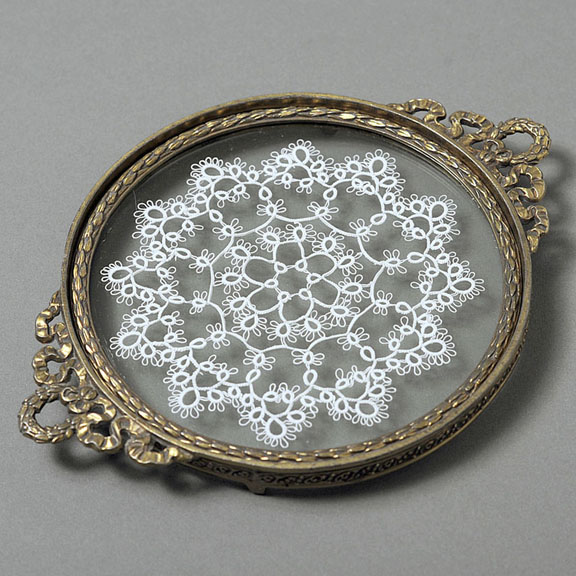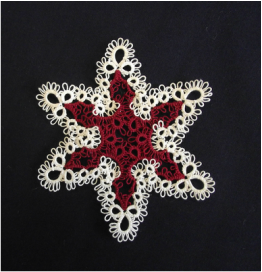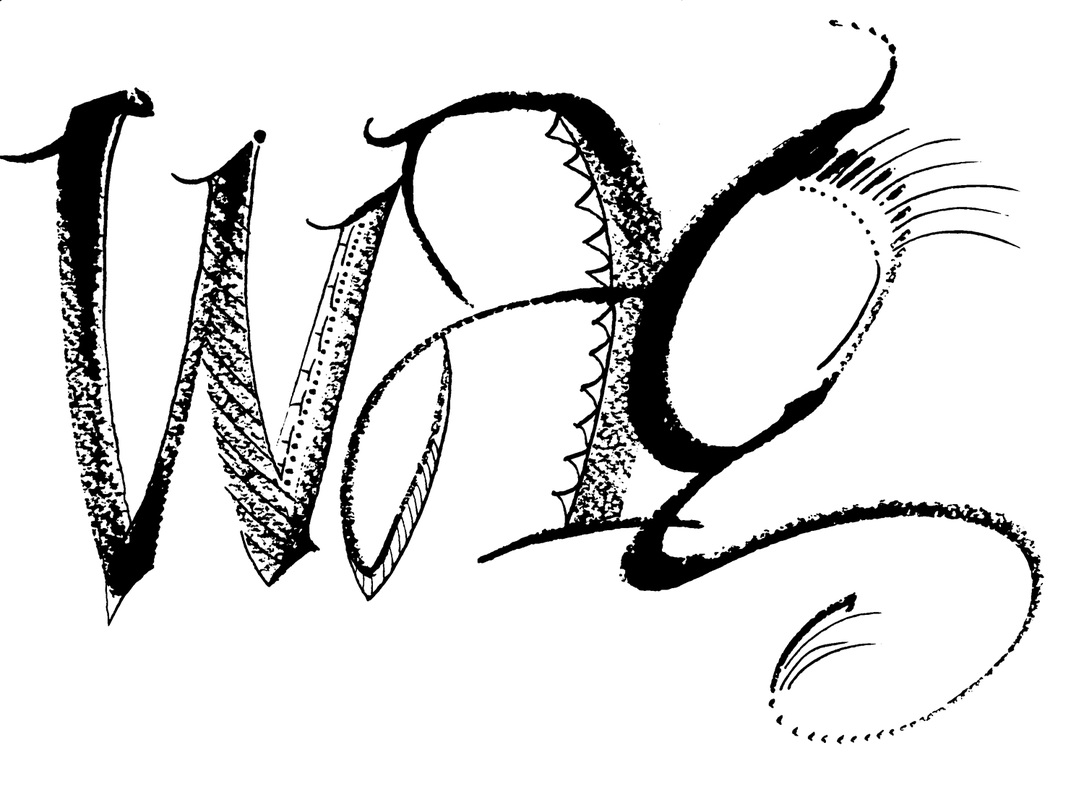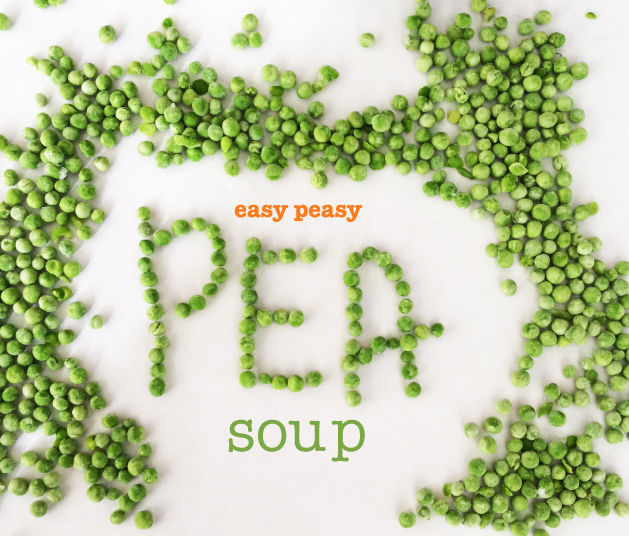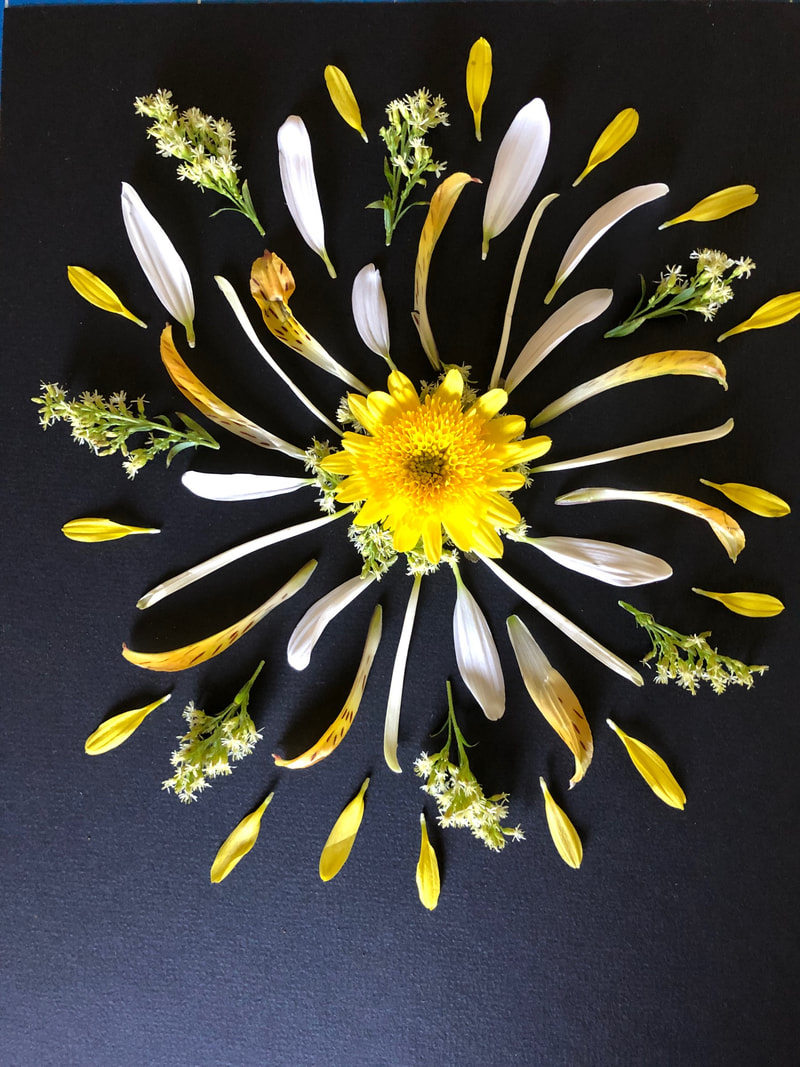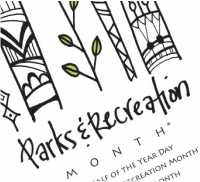|
A Story of . . . American history, needlework, conservation efforts, music, and poetry
This is a Calendar of Days post: National Anthem Day
0 Comments
AT THE LIBRARY: Travels With Charley John Steinbeck’s travelogue of his 1960 journey across the United States in a small camper alongside his dog, Charley. Although Steinbeck was well known by the time he took the trip, he was confident that most people wouldn’t recognize him. And they didn’t . . . just a man and his dog traveling down the road. 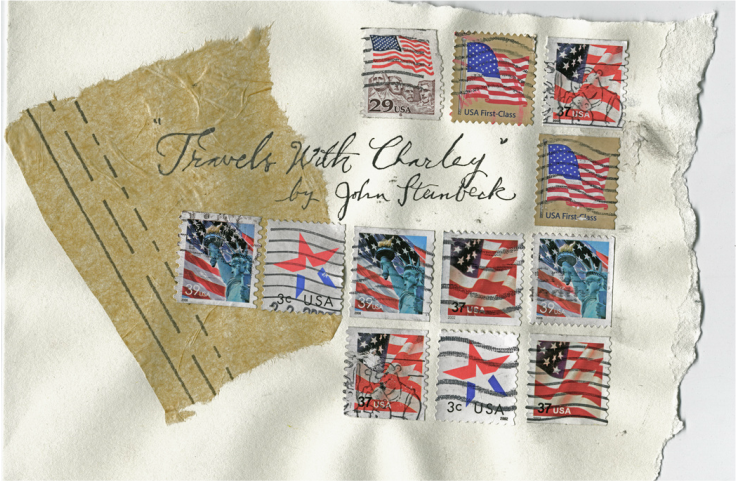 stamp collage 2009 stamp collage 2009 This is a Calendar of Days post, it’s Library Lovers’ month. In A Pickle Over Marmalade Researching today's post, I've found the second (maybe!) of two projects for my Always a Project in Progress feature coming in March: marmalade. My plan is to announce and start two projects in March and post as I go along. I'd love to have you work alongside, too. Winter brings oranges, and an opportunity to try a bit of canning again. I made marmalade once before with not-so-good results, so this will be my second attempt. In the meantime, I wanted to post a recipe for bread and butter refrigerator pickles . . . refrigerator pickles have a shorter shelf life (you've got to eat them within a month), and that makes them quicker and easier to make. These I've made a number of times with good results. And refrigerator pickles are a good introduction to canning because they eliminate one big step: boiling the jars after you fill them. Of course it would be nice to have cukes from the garden, but if you'd like the bright flavor of bread and butter pickles mid-winter, fresh from the grocery store are a good substitute. Bread and Butter Refrigerator Pickles
Yield: 6 16-ounce jars Ingredients 6 cups thinly sliced pickling cucumbers (about 2 pounds or 8-10 cucumbers) 2 cups thinly sliced onion 3 cups white vinegar 1-1/2 cup sugar 1-1/2 teaspoon salt 1 teaspoon mustard seeds 1 teaspoon celery seeds 1 teaspoon ground turmeric 1 teaspoon crushed red pepper (these are a bit spicy, cut back if desired) 1/2 teaspoon freshly ground black pepper 8 garlic cloves, thinly sliced Six wide-mouth canning jars (16 0z.) and rings with new lids (run everything through the dishwasher or clean with hot soapy water before you begin). Preparation Alternately layer cucumber slices and onion in jars, filling and pressing lightly as you go, distribute evenly in all six jars. Combine vinegar and remaining ingredients in a small saucepan; stir well. Bring to a boil; cook 1 minute. Pour over cucumber mixture; let cool. Cover and put in the refrigerator at least 4 days before eating. Up-end jars daily to distribute liquid. Keep refrigerated. Note: Pickles may be stored in the refrigerator for up to one month. Adapted from www.myrecipes.com Easy Refrigerator Pickles This is a Calendar of Days Post: Canned Food Day I Yam What I Yam
Just weeks ago I was talking with a friend about baking sweet potatoes, and she mentioned that she loves to bake them, and I said I do, too. She said she and her husband enjoy them, “but I can’t believe he doesn’t eat the skin.” Eat the skin? “I don’t eat it either,” I said. Why not? It just never occurred to me. I love to eat the skin of a baked russet, but a sweet potato? Well, I gave it a try, and it’s delicious (and packed with vitamins and nutrients). Savory and sweet, the sweet potato is also found in recipes for biscuits, pie, pound cake, and waffles. Here’s a link to get you started with some recipes. I wondered if yams are something different . . . turns out they are sweet potatoes, just one variety of the colorful tuber. Sweet! This is a Calendar of Days post: Cook a Sweet Potato Day Innovation Day - Always a Project in Progress
For the true hobbyist, dedicated artist, innovator, and explorer, there is always a project in progress. Today is Innovation Day and I have an idea. A new feature for this blog: Always a Project in Progress. I found three great books at the library today and am inspired to start something new. The books include one on sewing, one about magic, and another with some sophisticated decorating, storage, and ultility projects. I’ll select one project from each book, and talk about the next move. I want to pick just two projects, and work on them with parallel reporting. I'm optimistic that the book about taking great photos will help me document my progress. Follow along as the projects are selected, as we gather information and materials, and talk about the challenges and discoveries we find along the way. What does it really take to get it done? In the next post I'll list the the books pictured above. Do come back for updates (and be sure to sign-up and join us for other announcements, too). OK This is a Calendar of Days post: Library Lovers' Month Elaine O'Donal is an award-winning lace artist. Under the name Tatted Webs, Elaine makes tatted lace ornaments, wearables, and lovely household pieces. I first caught up with Elaine at the Art on the Hill show last fall where she was busy tatting—and talking with customers! To get started, could you tell me a bit about yourself. I am originally from New Hampshire, and moved to Maine when I got married. I am a wife, mother of two daughters, and grandmother of two. I have always said that my business grew as my daughters did. When I’m not tatting, I have a number of other pursuits. I love music, reading, fencing, bike riding, and x-country skiing. How did you learn to make lace? Is it a family tradition? I didn't know anybody who tatted when I started. I like many other people, I thought I could teach myself. When that didn’t work, I was lucky enough to find Mrs. Libby, a retired school teacher, right in Gorham, Maine. Was there a time it was just a hobby, how or why did you make it into a business? When I started, I never had the idea that I would turn it into a business. I just kept making pieces and giving them away. Then people started making comments like, “Oh look, another piece of tatting.” In other words: what am I supposed to do with this? That’s when I started to sell my work, and things just developed from there. Could you explain what tatted lace is and how it’s different from other kinds of lace? There are actually many different types of lace, they can be thinned out to two vast groups. One is a woven type of lace, such as bobbin lace, and then there is knotted lace, which what tatting is. Almost every region in the world has it’s own type of lace. Tatting is one that is universal, so much so that it’s history is very gray. Perhaps one reason for this is because it's portable, requiring only a shuttle (or needle) and thread. The needle tatting came first, it is actually easier to learn, but the results are not as intricate as tatting done with a shuttle. What tools do you need to make lace? Do you follow patterns? Are there special threads? Tatting is mainly done with thread, today there are many types to choose from. The fiber needs to smooth and strong. Also your choice of thread depends on what you wish to make. I like to use soft to the touch fibers such as bamboo or silk , when making an item that will be worn close to the skin. If I’m making something like an ornament - I’ll stick with the more traditional cotton or cotton blend. When starting out, I started following patterns. There are books, both old and new available, and now thanks to the Internet there are patterns on-line. It didn’t take me long to go through those patterns and want to create pieces that where not in the pattern books, so I started to come up with my own designs. Once you start creating your own designs, it’s hard to go back and follow another. When I saw you at the Art on the Hill show, you were working without looking at your hands, how do you do that? Do you count the stitches? I always laugh when someone watches me tat and think that I’m not paying attention to what I’m doing. Of course I am. Like everything, the more you do, the better you get, and I do a lot. That is why my stitches are so even as well as the tension of the thread. I do keep count of my stitches and usually when I tat in “public” I work on a pattern that is easy for me and I can tell how many stitches I have just by looking, if I happen to lose count. On your website I saw you have classes, are they for beginners, advanced? I do teach, not often, maybe a class or two a year. Classes are very time consuming for me and can be difficult to work in my schedule. I often hear of people wanting to learn, but have a hard time to finding the “time.” It does take time to learn and master the art of tatting, and unfortunately most people give up before they even really start. Have you heard of the Steampunk movement? They would love your work, especially the gloves. I learned of Steampunk through a customer a few years ago. I find it very interesting and have a few customers that are really into it. What’s coming up in 2016? Right now, I am preparing new pieces for this year and working on show applications, once I have that ready I’ll be updating the website. I am very excited about a new ornament for this year, it came about because I was asked to contribute to a lace display in Europe, representing the United States. I was so pleased with the design, I’m offering it to my customers. You can purchase and see more Elaine's work at Tatted Webs. This is a Calendar of Days post: Today is Lace Day
This is a lettering experiment I did as I was thinking of my dog, Agatha, and her wagging tail thump, thumping thumping on the floor.
Doodling can be an expressive and experimental way to approach a project. Have you heard of Zentangles? It's the ultimate expression of doodling. This is a Calendar of Days post: Doodle Day! Split Pea Soup - that’s what I remember growing up, and when I started cooking, it’s what I made. Dry peas, soaked (sometimes overnight), and then soup. I like pea soup, but was never a fan of all the soaking and waiting.
And then I discovered pea soup with frozen peas—delightful. No soaking, so it’s ready in a flash. And it’s a brilliant green, unlike the dull green that results from the dry split peas. I think the frozen peas give the soup a fresher flavor, but it remains a point of discussion in my household. The traditional, familiar split pea soup is still favored by some. Here's a recipe: Martha Stewart's Green-Pea Soup with Cheddar-Scallion Panini This is a Calendar of Days post: Homemade Soup Day
|
Categories
All
Archives
April 2016
|
